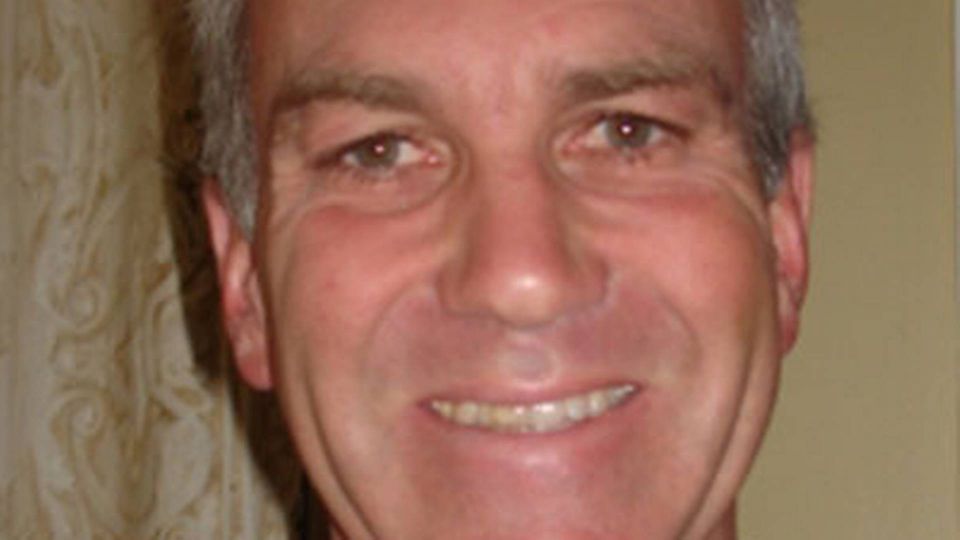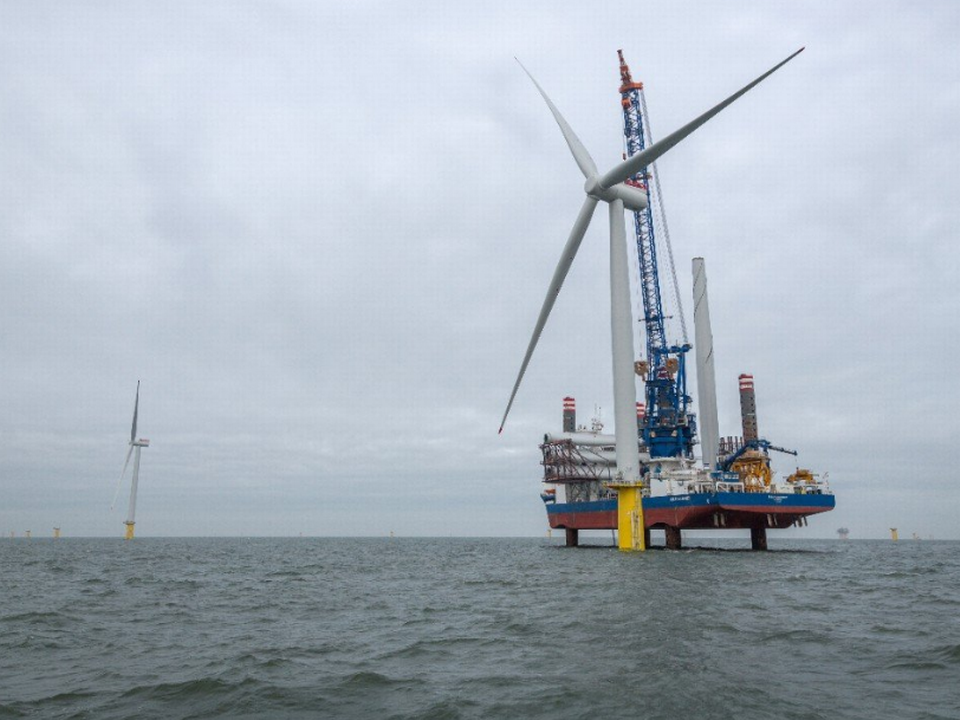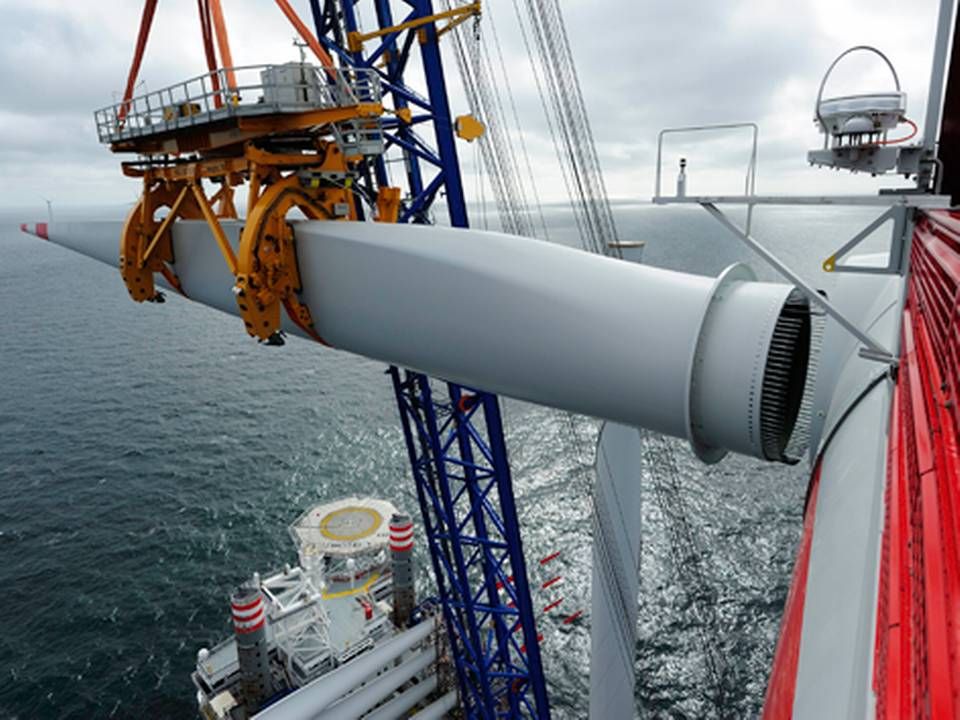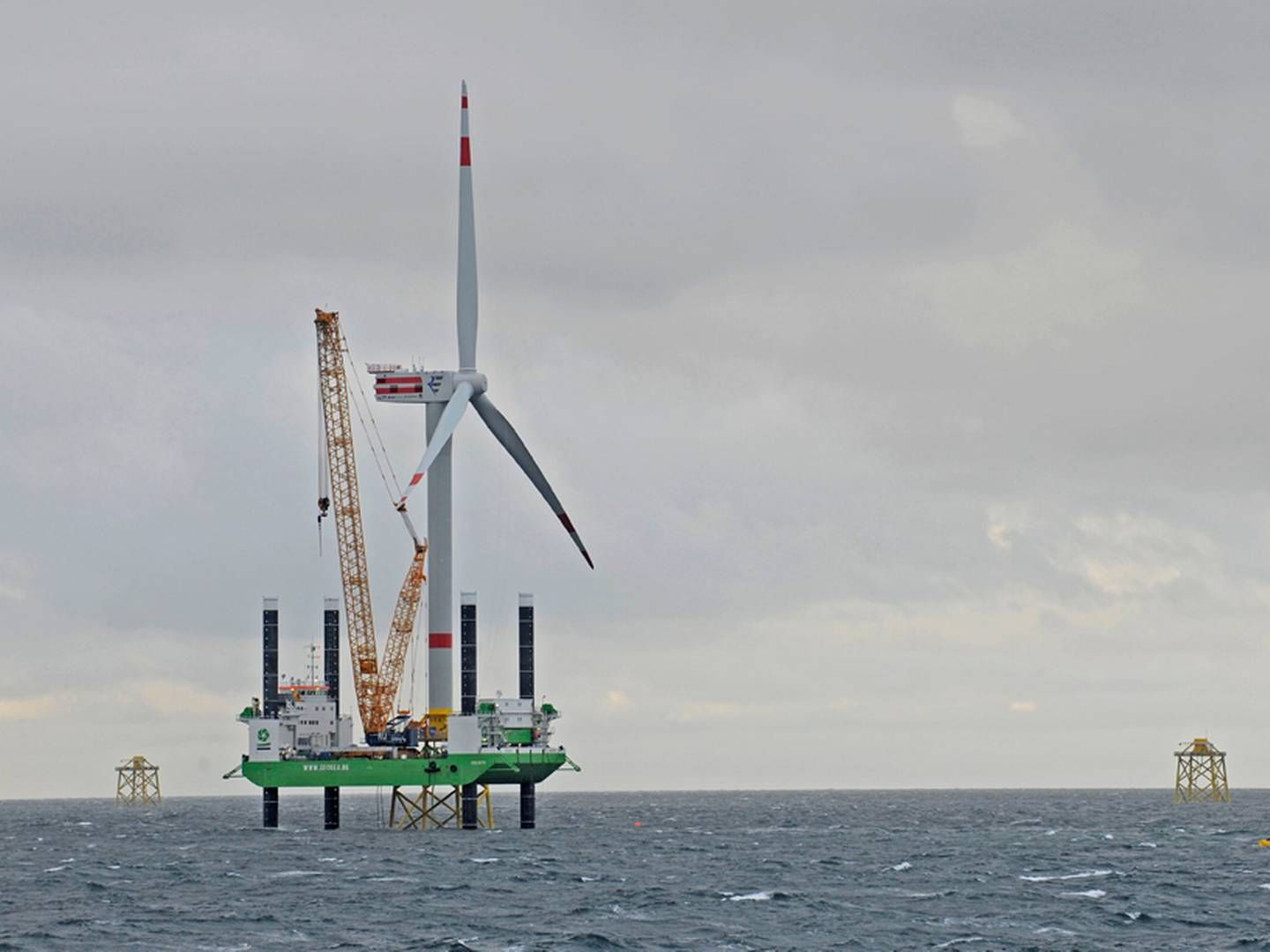Danish suppliers to ensure success for largest offshore wind farm in US

BALTIMORE
This would not be the first time that Paul Rich is met with a light shake of the head when explaining the timeline for what will become the US' hitherto largest offshore wind farm – granted, this time, EnergyWatch's journalist is the one shaking his head at the ambitious plan. The farm is slated for completion in January 2020, with 62 turbines adding up to 248 MW total. The project will demand a USD 1.38 billion investment and thus far the country only has a 30 MW wind farm which took years to complete. It is also worth noting that it is being installed in a country which is approximately 6,000 kilometers from the nearest major offshore wind farms in northern Europe.
It is also almost as though Rich expects to be met with skepticism. However, he is quick to address it.
"It is ambitious, we understand that. But by the end of 2018, we should have our construction permit which will allow going out on site and beginning the work in early 2019," says Rich.
He is project director at US Wind. In May, the company won the rights to construct a 750 MW project in Maryland with 187 wind turbines – constructed over three phases – where the first phase with 62 turbines will consist of 248 MW installed in January 2020 at the latest. This – and a smaller project from developer DeepWater Wind which is also in Maryland – will likely wind up the first major offshore wind farm in the US.
"It is an ambitious timeline. The in-service date is planned for 2020 and we are going to do everything we can to make that happen. We will be contracting these vendors doing the course of the year. That includes turbine suppliers by the end of the year so that production facilities at Tradepoint Atlantic can start the beginning of 2018. That is usually a 9 to 16 month process so we want to start fabricating and setting up the elements by 2019 in order to start that conveyor belt of marine construction to reach our deadline for 2020," says Rich, in a manner that strikes this European journalist as convincing and confident in a North American way.
However, this is not the first time Rich is involved in a breakthrough US wind initiative. He was also responsible for the installation of Block Island, the US' first offshore wind farm. He also has a parent company behind him with the necessary muscle – US Wind is a subsidiary of Italian Toto Group, which has over 40 years experience in energy, aviation, and rail infrastructure in both the US and Europe.
"We will be using standard four legged jack-ups known from the oil industry and we believe they should be manufactured here. We are also hoping for the construction of towers to take place here in Maryland. The level of investments needed for that would be at least 50 million dollars and thereby fulfill our commitment to the state of Maryland. Add to that the painting and coating and so on and we will be bringing in many new jobs to the Baltimore area."

Paul Rich, US Wind
Getting there first
It is precisely job creation which has proved a central motivation for Maryland to take the lead in offshore wind. The state believes that in becoming a manufacturing hub for offshore wind turbines in the US, it will be possible to create thousands of jobs. Maryland believes it is well-positioned to become such a hub with its central location on the US east coast and a large industrial area with good port facilities, where EnergyWatch recently paid a visit.
"It might be similar to something like Esbjerg in Denmark, some 25 years ago when they decided to take the jump from oil to also encompass offshore wind. There is a need for improvement of infrastructure and facilities but there is land in Baltimore Harbor with 3,100 acres fully permitted with a deep harbor ready to build on. We think that could service as a point for production. We are kind of a catalyst for these activities. We would not own any of these assets, we are simply going to contract and make sure these manufacturers relocate to Maryland," says Rich, highlighting that this will take place in close collaboration with other wind projects along the US east coast.
"Our site in New Jersey, which is much bigger than the one here in Maryland, will dovetail nicely, and in itself provide a pipeline alongside Dong's project in New Jersey, should they decide to go ahead. In just those projects, I see a ten year pipeline starting from here in Maryland. But the facility here will be open to everyone which makes it even more realistic for Baltimore to be the new Esbjerg. We are first movers. How will anyone else defend putting 90 million dollars into an offshore wind facility once it has already been done here? Keep in mind that it is still further from Esbjerg to the UK than it is from Baltimore to Boston," says Rich.
However, it is not only the need for local production which poses a challenge for US Wind's ambitious project. Several other obstacles also stand in the way of the project.
"The public is a challenge. It is an education process and I know that some people will never change their mind on these turbines. But we have had three well attended public hearings in Ocean City and let's say 98 percent of the participants were positive, not only about wind turbines, but about our project. Vessels are a challenge and probably one of our biggest fears relating to the deadline. We are in dialogue with suppliers with the right experience, and the innovation in this area gives us cause for optimism. We could reequip vessels here from the US or recertify vessels from Europe," says Rich.
Another potential issue lies 120 kilometers form Baltimore, in the White House.
"Trump's administration may not look favorably upon renewable energy as such, but as an American industry heavily dependent on steel fabrication and jobs in the blue collar area, I think it will fit in nicely with their goals. It is an activity that will require the joint planning and collaboration of the federal government, the State of Maryland, and various agencies," states Rich.
The Wild West
So far, US Wind's Italian owner, Toto Group, is the sole financier of the 750 MW project in Maryland. Although Rich declines to state the names of potential investors in the project, he admits that external capital is part of the long-term plan. US Wind is already in talks with both pension funds and equity funds from the US and Asia. A dialogue which becomes increasingly interesting as more and more European companies show interest in US offshore wind.
"I think the involvement of folks like Dong, Statoil, Iberdrola, and Copenhagen Capacity is a major benefit to the US offshore wind industry. It speaks to the trust these people have in the sector and to the sustained traction in the industry. There are risks but the folks that take advantage of this opportunity the soonest will stand to benefit the most. It is not exactly like the Wild West but it has some similarities."
English Edit: Lena Rutkowski & Gretchen Deverell Pedersen
MHI Vestas out of the running for the US' first major wind farm
Largest US offshore project selects UK cables
Maryland retains wind optimism despite Trump victory
Hearings to clarify the fate of largest US wind offshore farm
Related articles
Largest US offshore project selects UK cables
For subscribers
Maryland retains wind optimism despite Trump victory
For subscribers


















.jpg&w=384&q=75)






